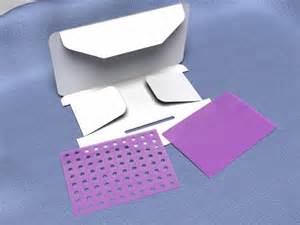One of the hardest nasal problems to correct in rhinoplasty is the deviated or twisted nose. A major contributor to an asymmetric external nose is the septum, the ‘tentpole’ of support for the external cartilage and bone that gives the nose its outward shape. Straightening the septum as a nose realignment technique is well known to even patients although effectively achieving that goal is not always so simple as its concept. Many septal reshaping techniques exist to make a straight midline septum from subtotal excision, scoring, morselization, suturing.
From a structural support standpoint for the external nose, only an L-shaped strut is needed of around 10mm in height along the dorsum and the end of the septum. But many surgeons today like to preserve as much cartilage as is possible, particularly to prevent septal perforations. This is an effective strategy for more mild septal deviations where scoring or suturing manuevers may be sufficient. But in major septal deviations with obvious external nasal twisting, the limited access from intranasal approaches makes total septal straightening challenging and somewhat limited.
The technique of septal cartilage extraction, straightening and reimplantation, known as extracorporeal septoplasty, is well known but is the least practiced septal straightening method. The limiting factor for its use has been a method to stabilize the septal pieces once they are removed and straightened. The traditional method is to straighten the removed septal pieces, put them back in and use internal nasal plastic splints with transeptal suture placement to serve as the stabilization. These splints require removal in a week after surgery and in doing so is neither pleasant for the patient or the surgeon. In addition, is one week of support enough to allow sufficient healing of the cartilage to resist displacement/bending? This is somewhat dependent on the size and integrity of the reimplanted septal cartilage pieces.

Besides septal reconstruction, I have found that the PDS plate can be used in a variety of other rhinoplasty applications where traditional cartilage grafts have been used. When cartilage grafts are deficient or inadequate in length, a cut PDS plate can be used as a columellar strut or spreader graft, with or without the addition of cartilage remnants. They can also be used to strengthen/straighten cartilage grafts for alar battens and lateral crural struts.
The PDS plate is the only internal resorbable device approved for septorhinoplasty surgery. It can be extremely useful for not only straightening septal deviations but adding temporary support for a wide variety of cartilage grafts.
Dr. Barry Eppley
Indianapolis, Indiana


